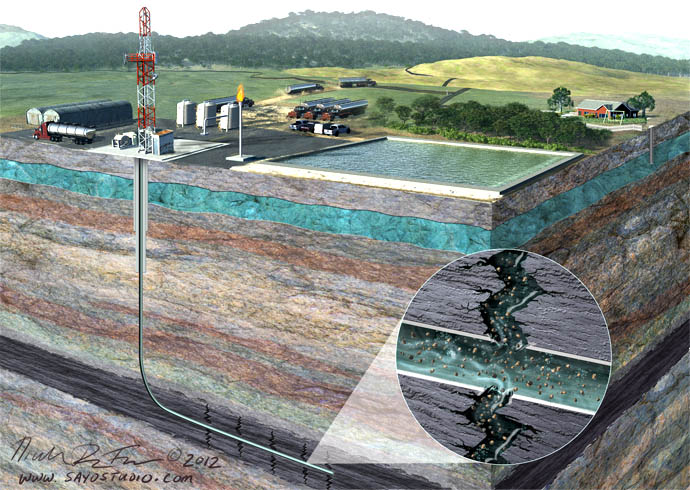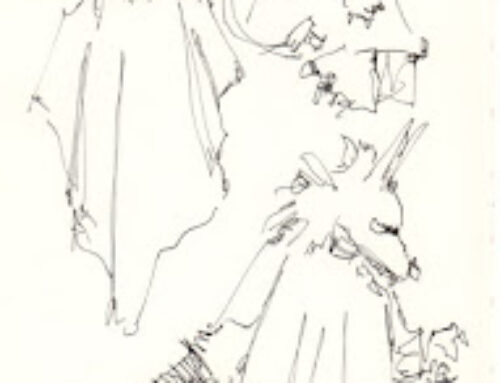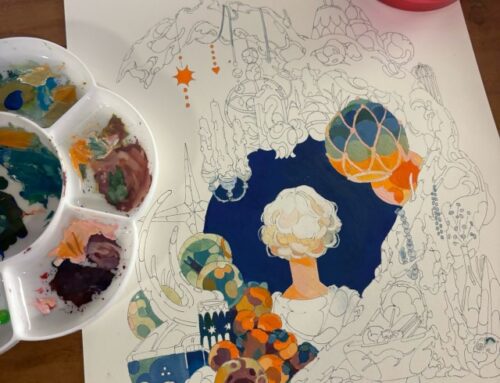Fracking (otherwise known as hydraulic fracturing, the process of drilling deep into the earth for natural gas) is the hot button issue within the environmental and energy community. Supporters say it is the next great scientific development that will create jobs and free us from our dependency on foreign oil, while opponents believe it is a dangerous practice that ultimately contaminates and destroys homes, farmlands, and towns. Fracking has even received the Hollywood treatment with the recent film, Promised Land, directed by Gus Van Sant and starring Matt Damon.
So, is fracking going to save the American dream or destroy it? The truth is probably neither. As environmental scientist Robert Jackson of Duke University says, “People want it to be simple on both sides of the ledger, and it’s not simple.”
The September issue of Science News provided an extensive analysis of the scientific side of the fracking debate and featured a digital illustration from Sayo-Art explaining the fracking process.
Hydraulic fracturing has been around for over 50 years, but it’s only been within the last decade that fracking has really taken off. This is due to the advent of horizontal drilling, which along with fracking, has allowed gas companies to reach vast pockets of previously inaccessible natural gas. This combination of technologies has made it possible to drill into beds of shale that are typically thousands of meters below the earth’s surface.
However, tapping this previously dormant resource could have unintended consequences. There have been reports of methane leaking into drinking water, “at levels that can make tap water flammable or can build up in confined spaces and cause home explosions.” Improperly dealt with wastewater from the drilling process has led to dangerous chemicals leaking into the surrounding area. And increased earthquake activity at certain drilling sites has been recorded.
While these findings are worrisome, the lack of rigorous scientific testing on the dangers of fracking keep them from being conclusive. Many of these ill effects may actually be due to the serious lack of regulation behind the fracking process, a problem which is beginning to be addressed at the state and national political levels.
Still, as with any new technology, it comes down to a matter of weighing the risks versus the benefits. And working to understand and reduce those risks as much as possible.








